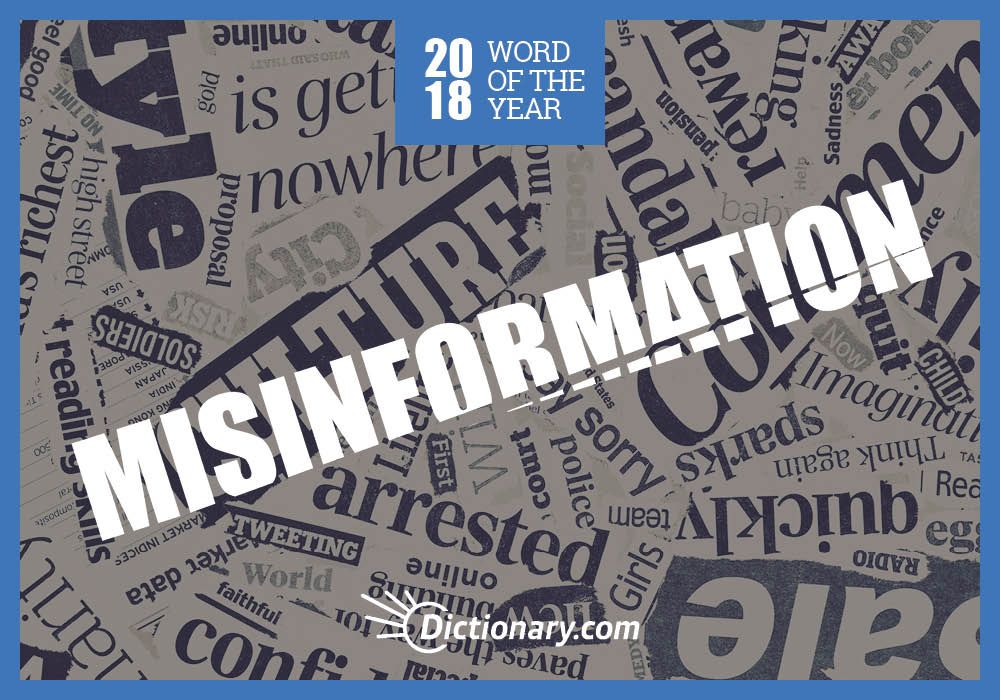The year 2025 marks a critical point in the ongoing struggle against online misinformation—a battle that has evolved alongside technology, reshaping how truth and trust are perceived in the digital world. As the internet continues to be the main source of information for billions, the challenge of distinguishing fact from falsehood has never been greater. What began as an issue of fake news has now expanded into a full-scale global concern, affecting politics, public health, science, and even personal relationships.
Online misinformation thrives in an environment of speed and virality. In the race to grab attention, algorithms often prioritize engagement over accuracy, giving sensational or misleading content a broader reach. Platforms like X (formerly Twitter), Facebook, and TikTok have tried to implement fact-checking systems and content moderation tools, but misinformation spreads faster than these measures can contain it. The problem is not just technological—it’s psychological. People tend to share information that aligns with their beliefs, regardless of its validity, reinforcing echo chambers that make correction even more difficult.
In 2025, the nature of misinformation has become more sophisticated. Advances in artificial intelligence have made deepfakes and synthetic media alarmingly convincing. Videos can now be generated to depict real people saying or doing things they never did, making it nearly impossible for the average viewer to differentiate between reality and fabrication. This has major implications not only for politics and journalism but also for personal reputations and national security. The rise of AI-generated news sites further complicates the landscape, as fabricated articles are designed to mimic legitimate journalism, often using stolen identities or fake author profiles.
Governments around the world are recognizing the danger and stepping in to regulate the digital space. The European Union has taken a lead with its Digital Services Act, enforcing stricter transparency requirements on tech companies and holding them accountable for harmful content. The United States, too, has intensified discussions on platform responsibility and data transparency, while countries like India and Australia are adopting their own versions of online safety laws. However, these regulations walk a fine line between combating misinformation and preserving free speech. The question remains: how can we protect truth without silencing dissent?
Education has emerged as one of the strongest weapons in this battle. Digital literacy programs are being introduced in schools and workplaces to teach people how to verify sources, identify biases, and understand how algorithms shape what they see. Fact-checking organizations are gaining more prominence, and collaborations between journalists, researchers, and technology companies are helping to identify false narratives faster. Yet, the challenge persists—while truth requires careful verification, lies can be manufactured in seconds.
The spread of misinformation also reveals a deeper social issue: the erosion of trust. People no longer rely solely on established news outlets or government agencies; instead, they turn to influencers, online communities, or even anonymous sources for information. This decentralization of trust has fragmented the information landscape, creating parallel realities where facts are subjective. Rebuilding that trust will take more than technology—it will require accountability, transparency, and a renewed commitment to journalistic integrity.
Artificial intelligence, ironically, could also become part of the solution. Advanced AI models are being trained to detect manipulated media, identify coordinated misinformation campaigns, and trace the origins of fake news. Some platforms are even experimenting with blockchain-based verification systems that tag authentic content at its source. These technologies offer hope, but they must be implemented responsibly to avoid privacy violations or overreach.
The fight against misinformation in 2025 is not just about policing the internet—it’s about protecting democracy, public health, and human connection. Every viral lie has consequences, from disrupting elections to fueling violence or undermining medical science. The challenge is immense, but awareness is growing. Individuals, institutions, and nations are beginning to understand that combating misinformation requires constant vigilance, collaboration, and adaptation.
In this digital age, truth has become both fragile and powerful. The battle against misinformation is far from over, but it’s evolving into a more informed and strategic effort. As technology continues to advance, so must our ability to discern, question, and protect what is real.
